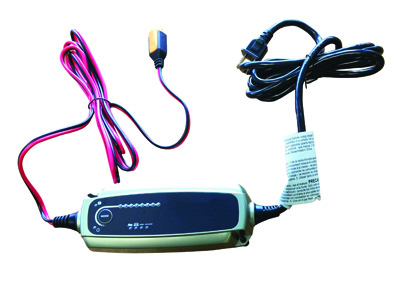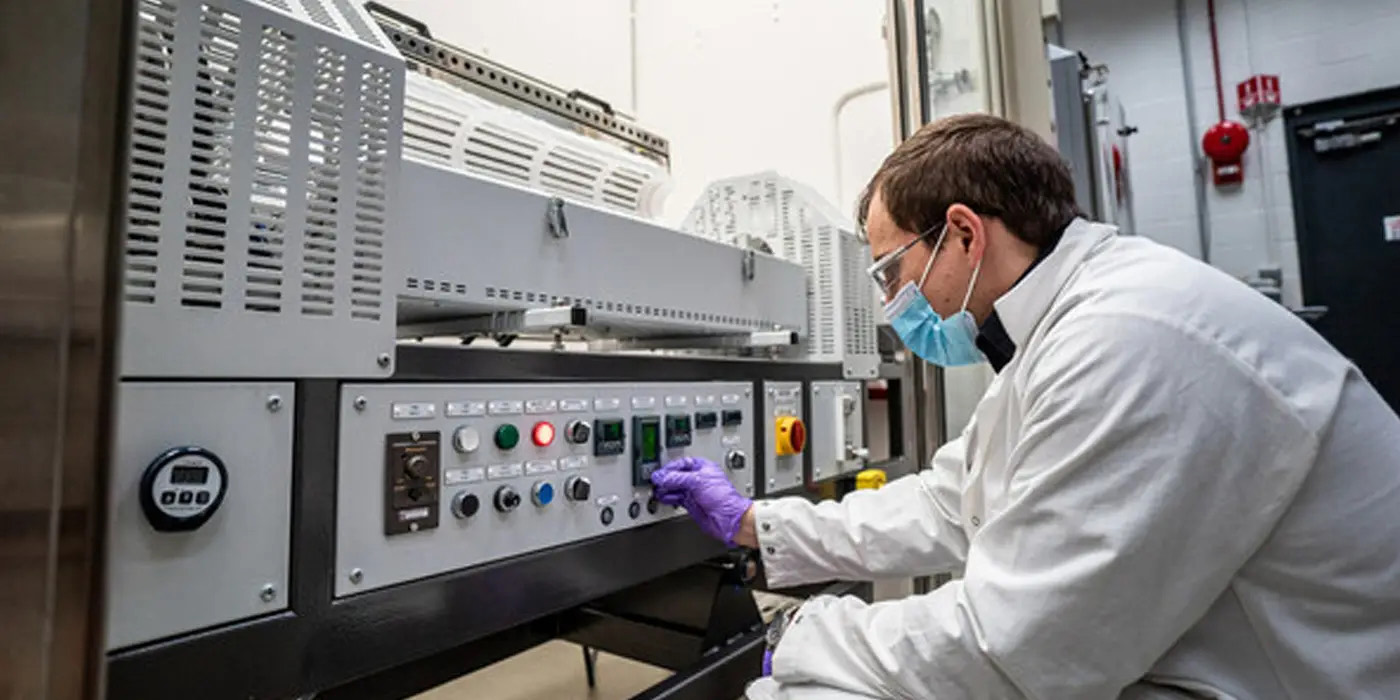
If there’s one thing everybody needs it’s a good battery charger. Got a low car or truck battery? Hook it up to a charger. Got a dead motorcycle, RV or marine battery? Hook it up to a charger. Replacing a battery? Use a charger to make sure the new battery is fully charged before it’s installed. The charger also can be used as a backup power supply while the battery is being changed to prevent learned module memory settings from being lost.
Charger technology has advanced to the point where many chargers are now smarter than some of their users. Smart chargers are microprocessor-controlled and have numerous features that make them a better tool than old-fashioned fixed-rate chargers. Most smart chargers have built-in polarity protection so if the positive and negative connections are reversed it won’t fry the charger or blow a fuse. Most smart chargers also have over-voltage, overload and short-circuit protection. Many can even automatically sense the type of battery they are being used to charge, reducing the risk of “user error.”
Some fixed-rate chargers have no user adjustments while others have a switch or knob that allows the user to select the voltage level (6v or 12v). Some offer various charging rates, with “fast” or “slow” settings.
With fixed-rate chargers, the charger starts out at the maximum rate. The current then gradually tapers down as the battery comes up. The higher the charge in the battery, the more it resists further charging. But a fixed-rate charger may keep on charging even after the battery has reached maximum capacity. Overcharging a battery is not good because it can overheat and damage cell plates, and boil off electrolyte in a wet cell battery. If the charger has over-charge or temperature protection, it should discontinue charging once the battery reaches full charge.
With smart chargers, microprocessor controls provide preset charging profiles that vary depending on the application. If the charger does not automatically detect the application, the user may have to select the voltage (6v or 12v), battery type (conventional wet cell, gel or AGM) and application (automotive, motorcycle or marine/RV). The charger then will use the optimum charging profile for that type of battery.

Most smart chargers employ a multi-step (3 to 8 steps depending on the model) charging procedure to bring a battery up to full charge as quickly as possible. Most will automatically switch to a “float” or “maintenance” charge once the battery is at or near full charge so the battery can’t be overcharged or overheat. Some also include a “desulfation” step where they zap the battery with some extra voltage or pulsate the voltage frequency to dislodge sulfate on the battery cell plates. This helps to prolong battery life, especially with deep-cycle marine and RV batteries.
What kind of battery charger should you recommend to a customer who doesn’t have a charger, or needs a higher-amp-capacity charger? It all depends on their needs. A smart charger usually offers the best performance, but a basic fixed-rate charger might be a more economical choice for some customers. A charger with a “boost” features is handy if it might be needed to quickly jump start a vehicle with a low or discharged battery.
A little 3-, 4- or 5-amp trickle charger would be fine for maintaining or charging a small motorcycle battery, or for maintaining the battery in a vehicle, boat or RV that may be stored for long periods of time.
For most home use, a 10- to 20-amp smart charger is probably the best choice. A higher amp rating reduces charging time. If the customer wants to charge or maintain more than one battery at a time, recommend a multi-bank charger that has 2, 3 or 4 output channels.
For professional use, recommend a high-amp (100 amps or higher) wheel cart charger with 6/12/24 volt output and a boost feature.











